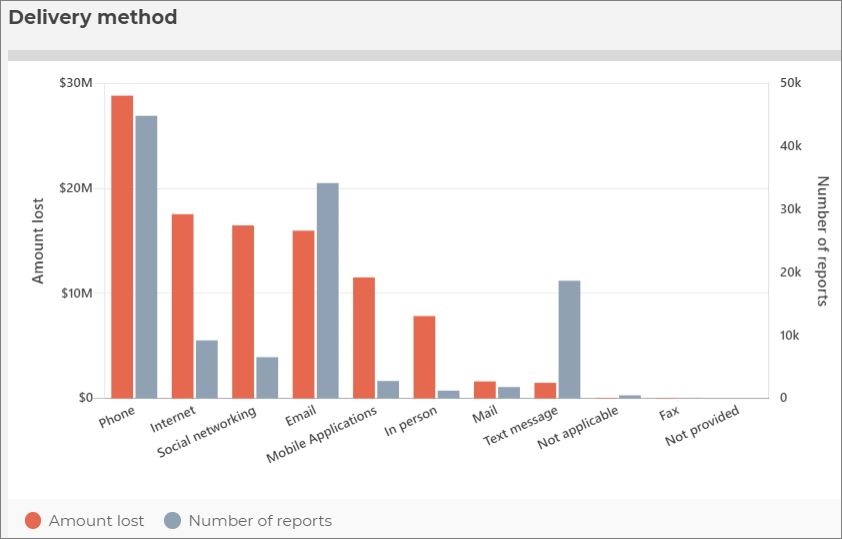Police arrested two alleged text message scammers this week following raids on their homes in Sydney.
The two men, aged 50 and 36, allegedly used multiple SIM boxes – devices that house multiple SIM cards – to send tens of thousands of phishing text messages in an attempt to steal bank details.
One person had $30,000 stolen in the SMS scam.
Head of the Australian Federal Police’s (AFP) Cybercrime unit, Chris Goldsmid, said the fraudsters “had absolutely no regard for the hardworking Australians they stole from”.
In raids on the two men’s homes, AFP and NSW Police officers seized fake IDs, over $50,000 in cash, and methamphetamine.
They also found different SIM boxes and hundreds of SIM cards which were used to conduct the scams.
One telco apparently noticed 49,000 spam messages sent by the SIM boxes in one week.
The two men will face charges related to money laundering, using telecommunications to commit crime, fraud, and drugs possession.
Police said they are still investigating the extent of the scammers’ phishing activity, with one bank reporting 45 customers had been successfully phished.
NSW Police Force Cybercrime Squad Commander, Matthew Craft, stressed community education plays an important role in mitigating the effects of persistent scam operations.
“These types of scams become somewhat redundant when the community heeds the advice to never provide confidential personal information to people you don’t know and can’t identify.
“Legitimate businesses will never call or SMS customers seeking confidential information.
“Always be suspicious when you receive such requests.”
Phone scams are among the most prevalent in Australia. Source: Scamwatch
COVID-19 has been a boon for SMS scams, forcing the government to issue public warnings about mass text messages purporting to be from government departments.
According to Scamwatch, Australians have lost over $100 million to scams so far in 2020. The number of reported scams has also been increasing month-on-month since May and is at its highest rate since late 2018.
The most common and profitable delivery method for scams is by phone, according to Scamwatch. This vector has seen Australians lose nearly $30 million this year alone.
At his National Press Club address to speak about the government’s NBN backflip on Wednesday, Communications Minister Paul Fletcher was asked what the government was doing to protect Australians from phone scams.
“There’s been a number of things the industry has done […] including the use of software to identify the particular source these numbers come from,” Fletcher said.
Last week, Telstra announced a “new security measure” designed to block phishing messages that appear to originate from Centrelink and MyGov.
“With so many Australians now working from home as well as relying on Government assistance through Services Australia, it’s vital that we constantly evolve our approach in defending against malicious activity on our networks,” said Telstra CEO Andy Penn.
The two phone scammers will face court in November.











